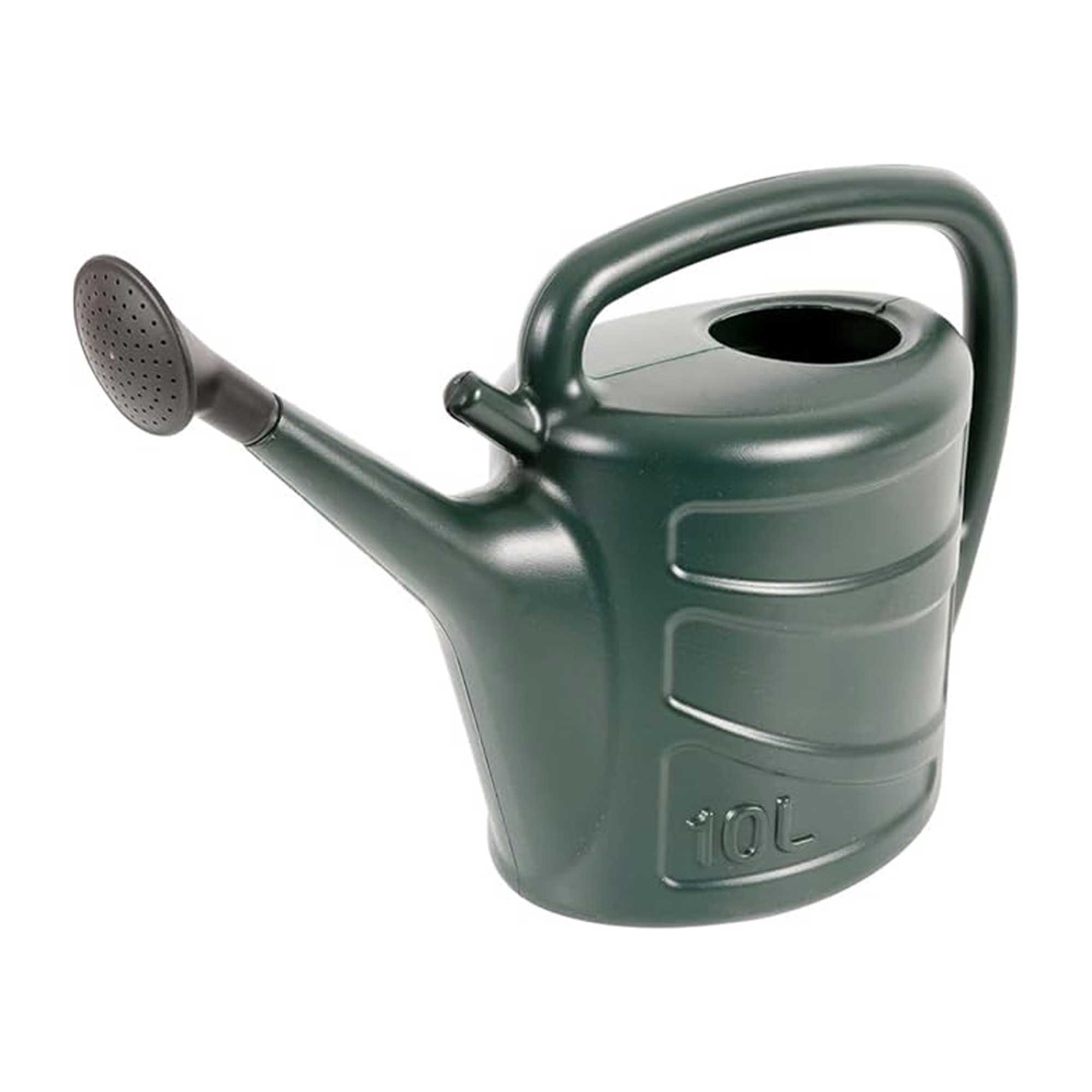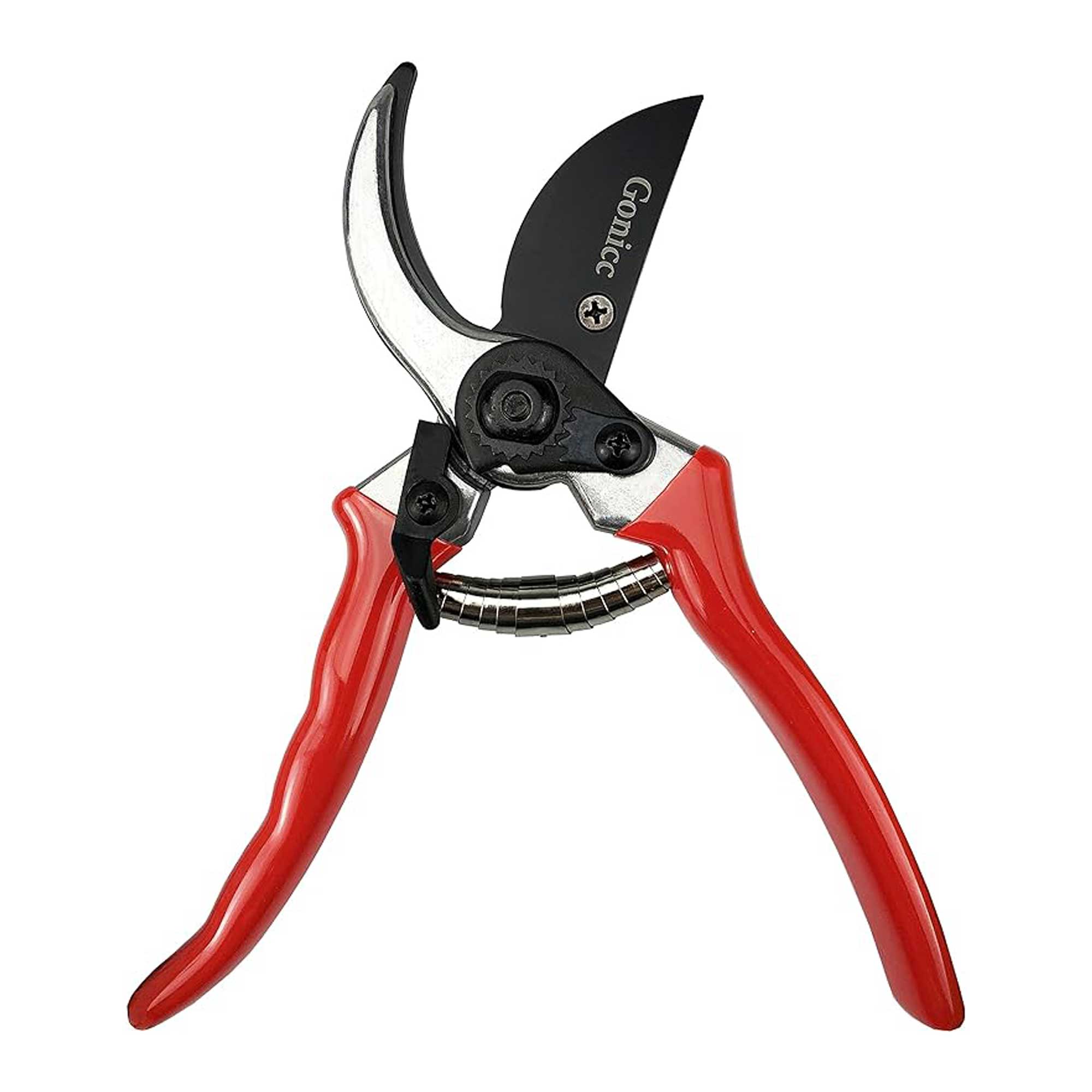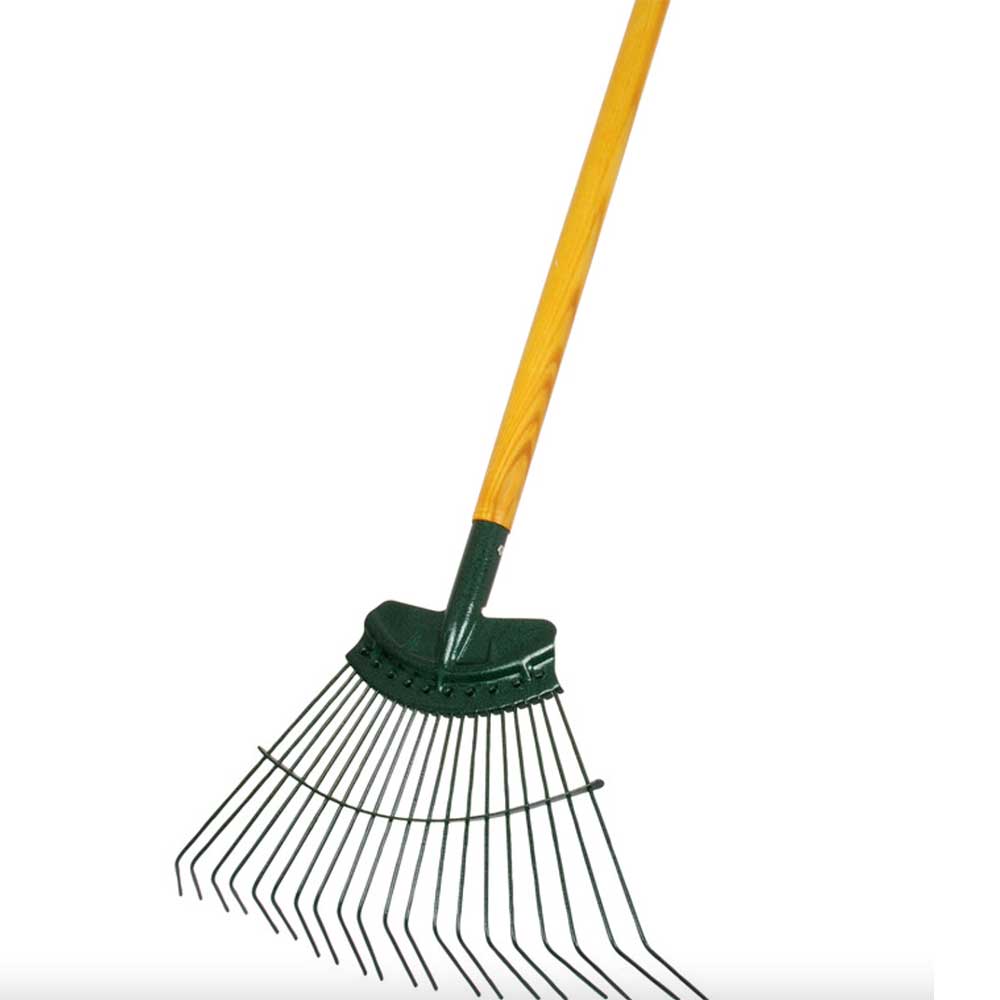Autumn gardening mistakes: 7 errors that could leave your garden in bad shape this season
Experts reveal the common autumn gardening mistakes to steer clear of to avoid damaging your garden
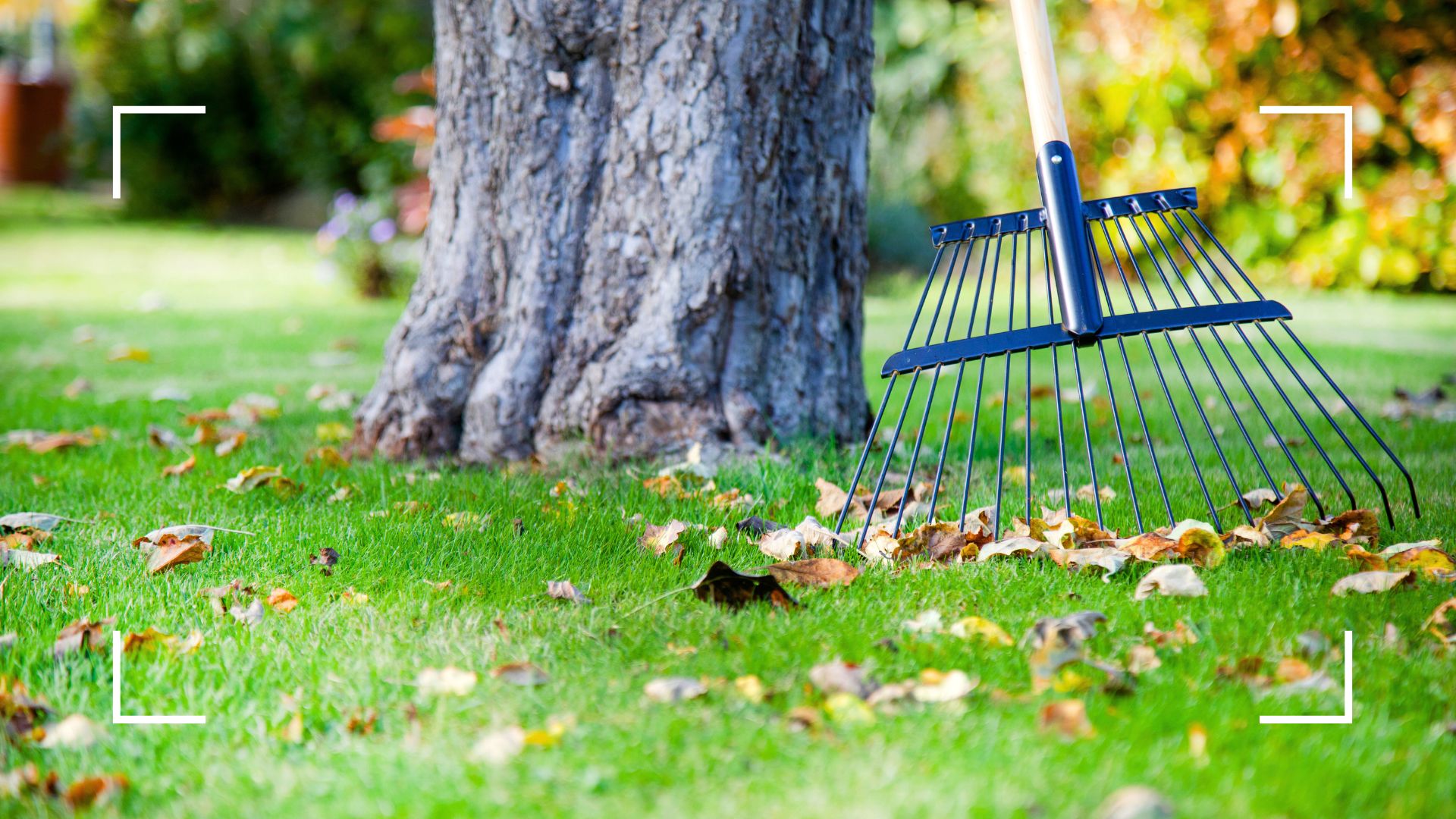

As summer draws to a close and nature transitions to a new season, it's important to prepare your plants and grass for the months ahead. And a good way of doing that is knowing what not to do.
While you managed to avoid summer gardening mistakes, autumn comes with its own challenges, whether that's unpredictable weather or early frosts. And although some tasks for your gardening to-do list feel obvious, there are a few things you might not realise you need to avoid.
That's right, although it may not seem like a particularly crucial time in your garden, there's much to be done to ensure your plants not only survive the season but thrive.
Autumn gardening mistakes: 7 seasonal faux pas to avoid
Whether you consider yourself a gardening professional or have just started vegetable gardening for beginners, it's all too easy to make mistakes when the seasons shift.
To help you keep your garden as happy as possible, we asked experts for the most commonly made mistakes and how to avoid making them.
1. Reducing watering too early
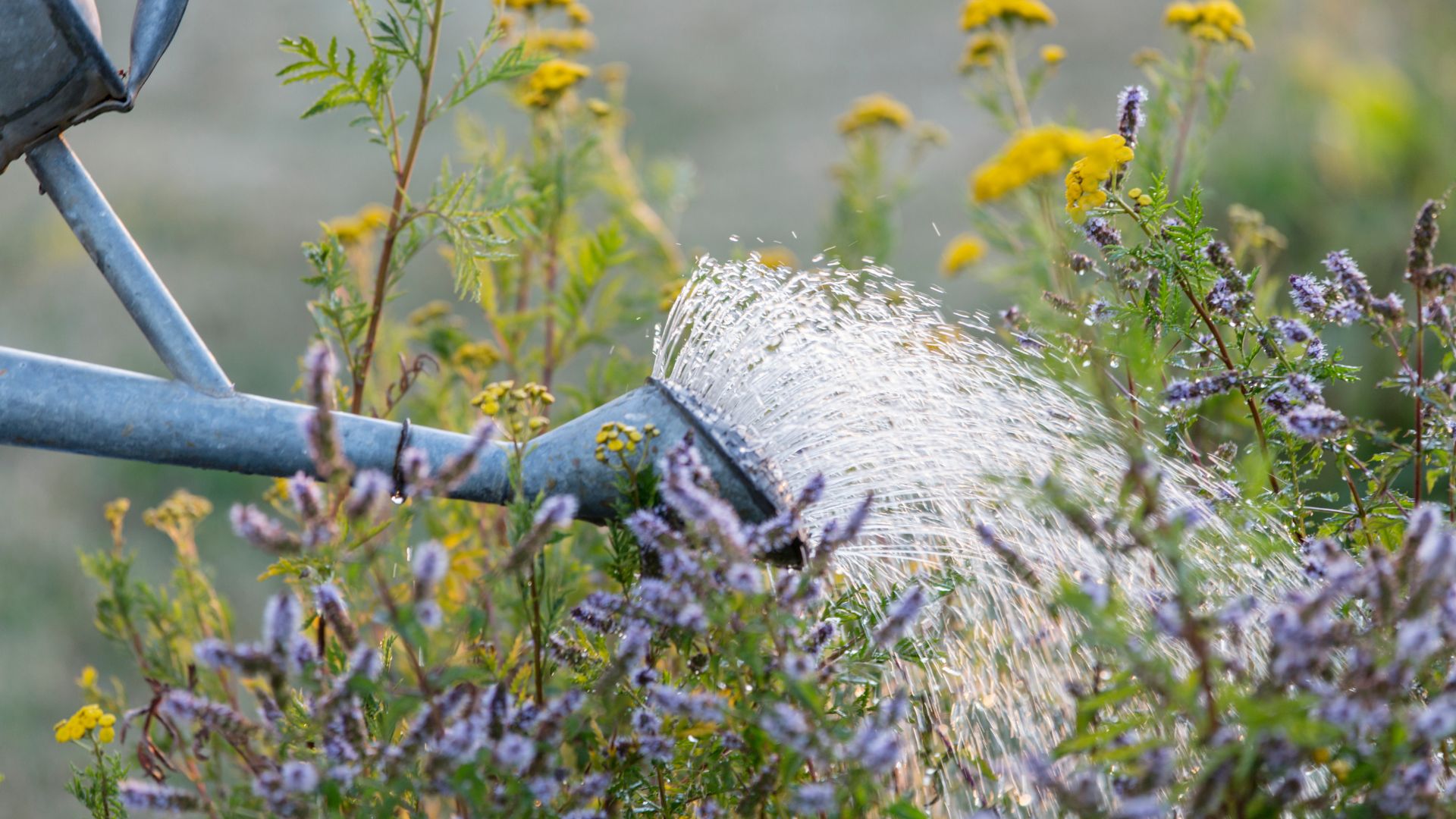
Although you might think watering your garden plants properly is most important in summer, you'll want to keep it up all through autumn too.
"People may assume that you should stop watering as soon as autumn begins, as the colder temperatures can mean that plants grow much more slowly," says Richard Barker, horticulture expert and commercial director of LBS Horticulture.
Sign up to our free daily email for the latest royal and entertainment news, interesting opinion, expert advice on styling and beauty trends, and no-nonsense guides to the health and wellness questions you want answered.
"However, you should actually continue to water plants until the first frosts, only changing the frequency at which you water," he adds.
2. Not removing diseased and damaged plants
Whether you're pruning rosemary or deadheading hydrangeas, removing diseased or dead parts of your plants is always recommended. But when it gets to autumn, you might need to remove entire plants and plots.
"Autumn can be an optimal time for pests and diseases to spread, with fungal spores thriving in the warm days and cool nights, potentially spreading quickly among plants that are close to each other," Richard explains.
"Additionally, leaving diseased or damaged plants in the ground can mean that you are overwintering these pests and diseases, which will then resurface in spring and wipe out plants," he continues.
This is why Richard recommends removing any damaged plant material and any full plants that are severely damaged or diseased.
3. Raking fallen leaves
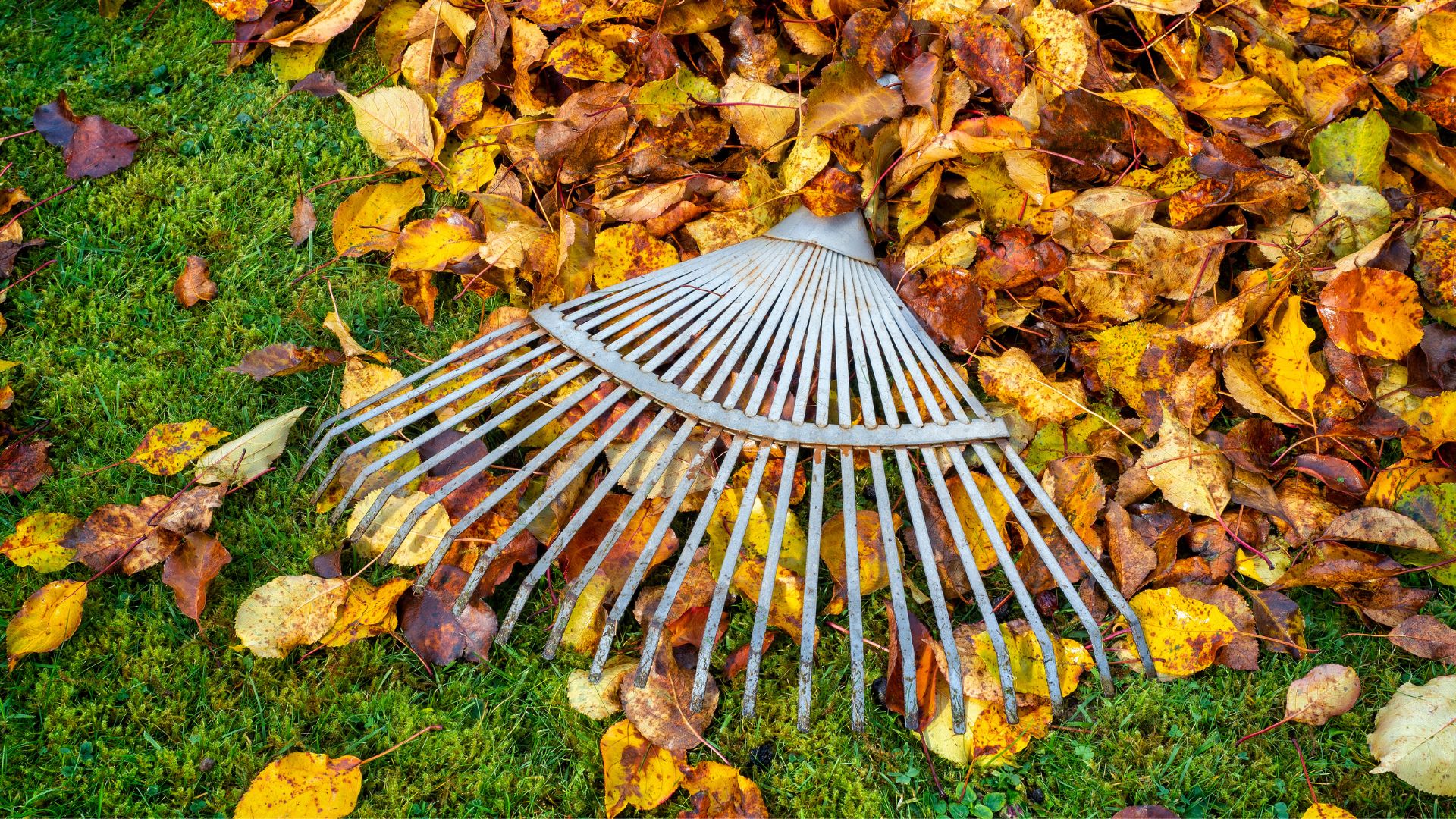
While you might have raking leaves on the top of your autumn gardening to-do list as part of looking after your lawn for winter, the experts warn against disposing of the leaves completely.
"Fallen leaves can actually be useful for a variety of things," explains Richard. "They can be collected to make leaf mulch (what we know as Monty Don's 'garden gold'), and leaves left in place can help to retain moisture and provide insulation for plants in the same way that mulching would."
"Fallen leaves can also provide shelter for a range of animals and insects. If you do need to tidy up leaves around your garden, rake up the leaves and leave them in piles around the garden or in borders," he continues.
So if you're looking to try out the rewilding trend or attract more birds to your garden, or other animals, don't get rid of your leaves just yet.
4. Cutting back all perennial plants
Perennials are great plants for several reasons; not only do they come back year after year, but they're a great way to enjoy a second summer flush of florals.
"Although cutting back plants is regarded as an essential task in autumn, you should avoid cutting everything back. This is because it can affect the level of wildlife that is attracted to your garden," points out Richard.
It's similar to why gardening experts warn against removing certain weeds that are beneficial to wildlife.
"The seed heads produced by these plants are a food source for birds, and dying plants can offer shelter. Allowing perennial plants to rot down naturally can also benefit the soil, as the nutrients in the plant matter will be added back into the soil as the plants decompose," he finishes.
5. Planting bulbs too late
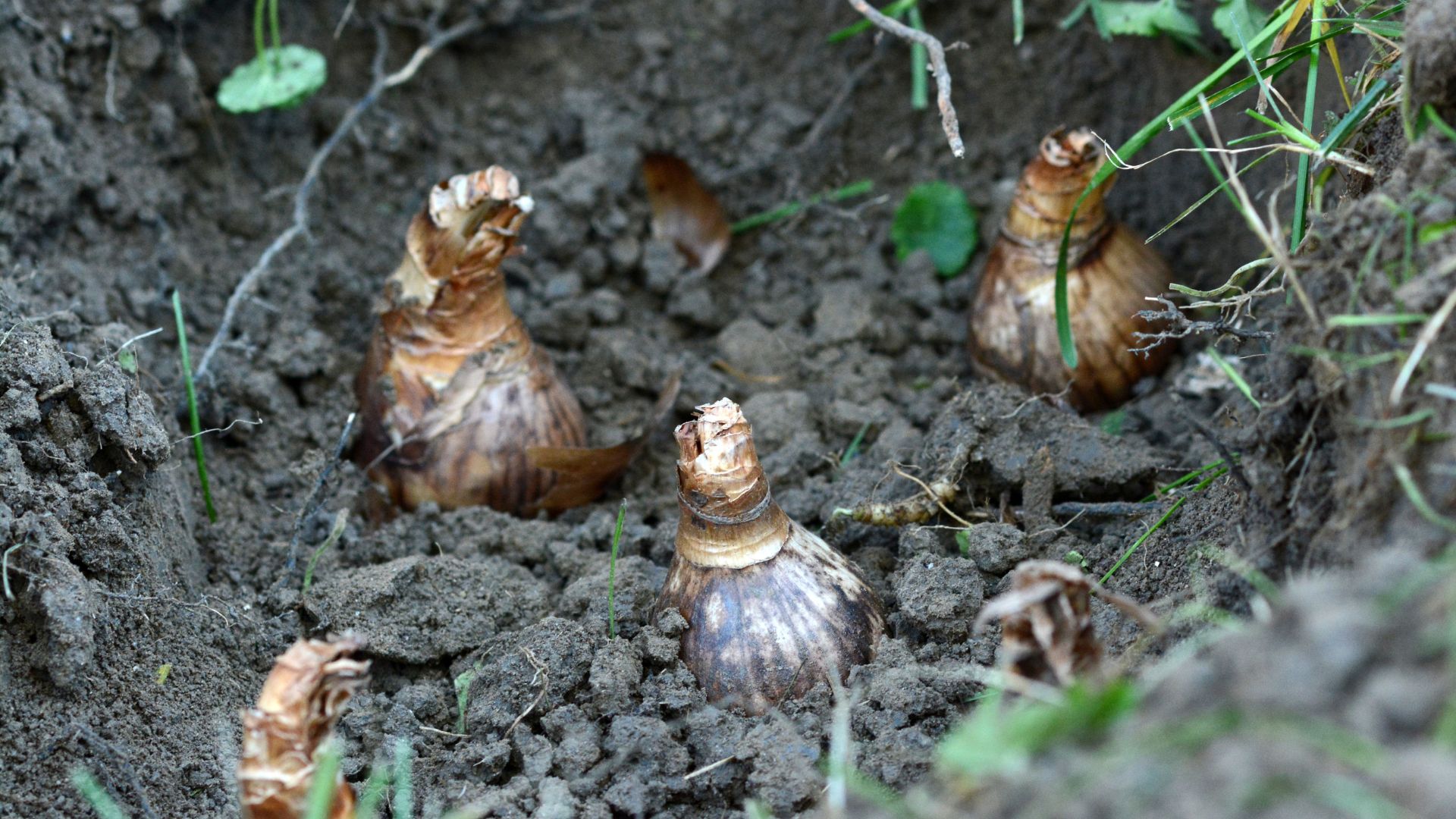
You may already know that autumn is a great time to plant spring bulbs, but it can be all too easy to leave it too late.
"Many spring bulbs can be planted in autumn, but the timing of when these are planted is essential," says Richard. "If you wait too long, the ground may be frozen, and it will be physically difficult to plant the bulbs."
"Similarly, planting too late can mean that the plants do not have enough time to establish roots over winter, meaning that they may have a poorer display in spring," he adds.
6. Not mowing the lawn
The same way it can be a mystery knowing when to first cut grass after winter, you may also be wondering when you should stop cutting it.
"One mistake gardeners often make is packing their lawn mowers up as soon as autumn appears. While there has been a significant temperature shift, gardens are not dormant yet," says Jonathan Davis, grass expert at Lawnsmith.
"Grass actively grows when the temperatures are above 10 degrees. Neglecting mowing at this time of year can see your lawn become unruly in a matter of weeks," he continues. “The autumn season has been milder in recent years. We used to advise the last mow of the year to be in October. But last year, we saw grass growth in November, meaning the last mow could have been done around the end of October and start of November."
Jonathan recommends mowing your lawn every two or three weeks and timing it right so you aren't cutting it wet but also not leaving so late that you've got fresh-cut grass when the frost arrives.
7. Gardening in particularly bad weather
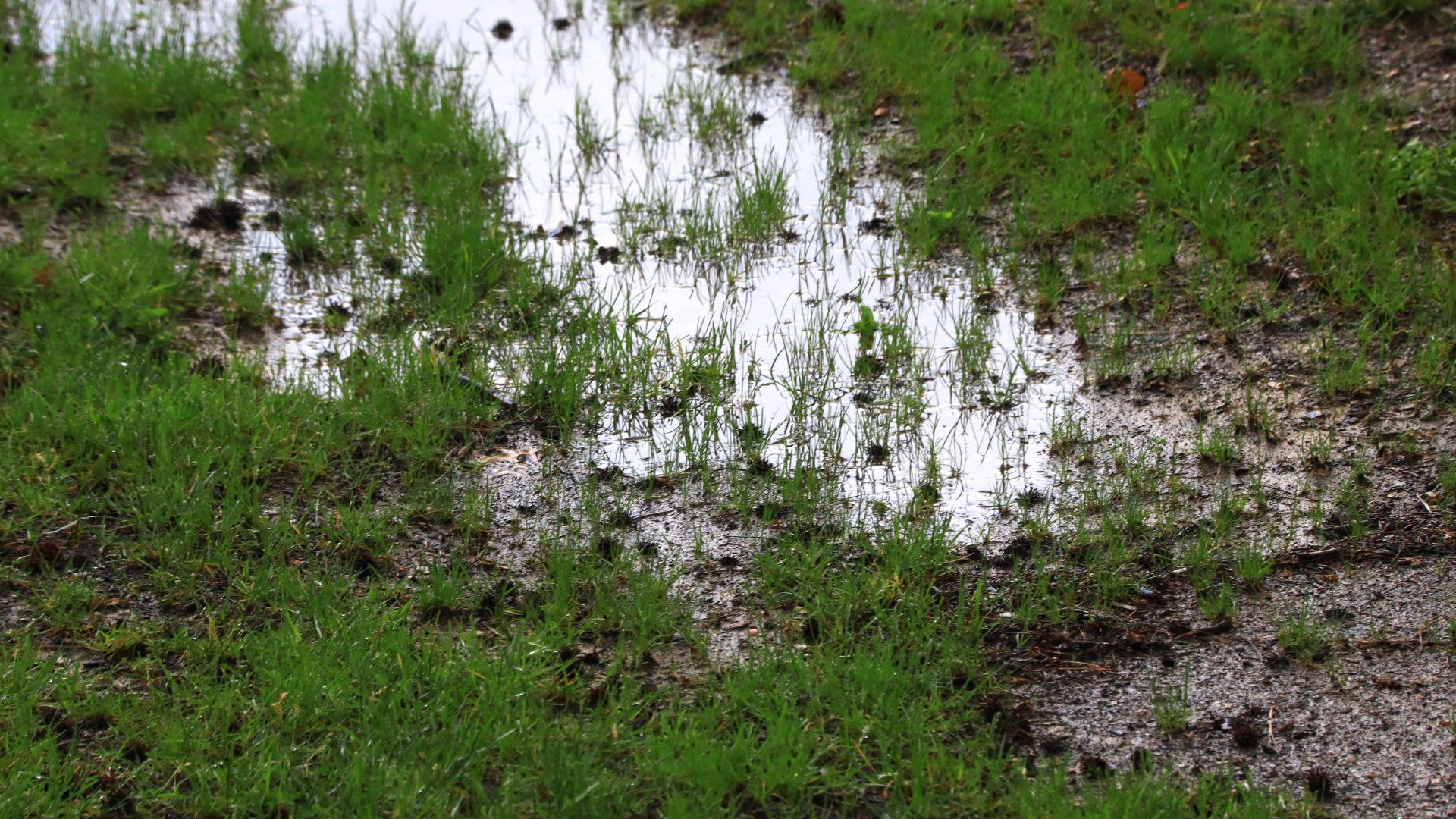
Although you may have protected your garden from heavy rain, there are some conditions under which it's not recommended that you go outside and work.
"Don't try to work in the garden in bad weather or in soggy ground conditions," says Toby Beasley, English Heritage’s Head Gardener at Osborne on the Isle of Wight. "You will often make more mess if the ground is wet and sticky, it's easier to cause soil compaction if it's too wet, and you won't enjoy your time in the garden."
Always wait for dryer periods, that way you won't be causing any damage and you'll stay dry too.

Toby has been Head Gardener at Osborne since September 2008. He first started working there as a Senior Gardener in January 2000. Two years later, he moved to English Heritage’s Home of Charles Darwin Down House as Head Gardener, where he was based for 6 years before returning to the Isle of Wight. He has a BSC in Horticulture from Writtle University College.
FAQs
Is there anything you should not be doing this time of year in your garden?
If you are ready to sort the garden out, it's a good idea to know what you really shouldn't be doing. "Autumn is often touted as a time to put the garden to bed, but please don't tidy up or prune everything in the garden," says Toby. "Think about when plants flower or look at their best. Shrubs grown for winter stem colour, such as dogwoods (Cornus alba), need to be pruned in the spring so you enjoy the colour of the stems through the winter months."
"Winter and spring flowering shrubs such as winter honeysuckle (Lonicera fragrantissima) will flower on the twigs they grew through the summer, so they need to be allowed to flower before they are pruned. Don't make the mistake of pruning too early and removing lots of flower buds," he continues.
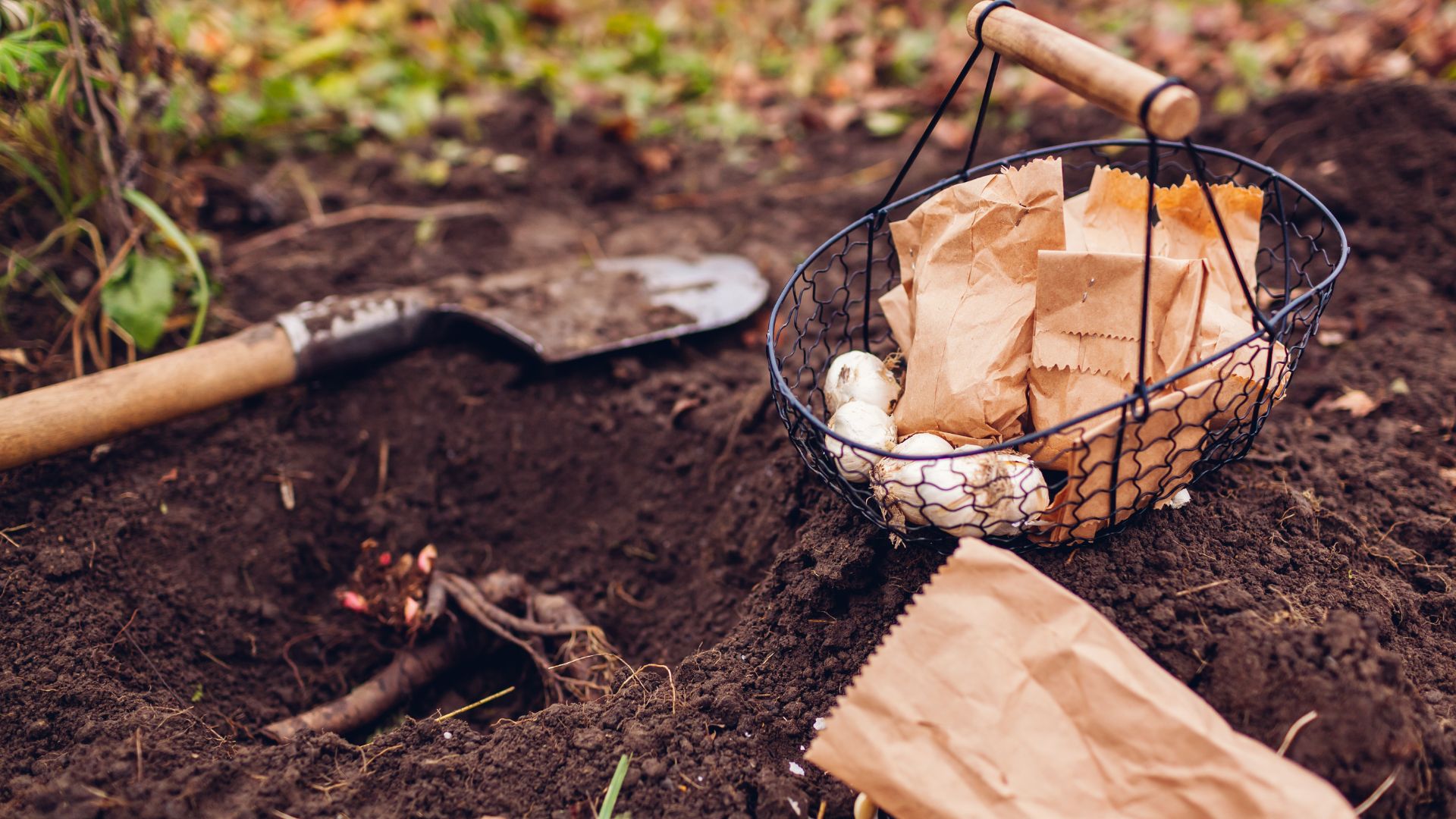
What should you not plant in the autumn?
Although there are lots of flowers and vegetables to plant in September and October, there are other species that don't fare as well with an autumn planting.
"Autumn is a great time to plant many plants, especially hardy trees and shrubs, but don't plant anything that might be a bit tender. These plants might get damaged or even killed by frosts, so it's best to wait until the spring before planting them out," Toby starts.
"Plants that naturally prefer a dryer soil, such as lavender, especially if you have a heavy, clay-based or wet soil through the winter, can also object to being planted in the autumn. They won't grow much, if at all, through the winter, so they will just be left sitting in cold, wet soil, which won't be to their liking," he continues.
The last thing Toby warns against planting are evergreen plants on exposed windy sites. He says the wind can cause physical damage to the plant, and the leaves can become desiccated as exposure dries leaves out quickly.
We'd also recommend knowing which plants you should never prune in autumn. Ill-timed pruning can be extremely damaging to your plants and can stop regrowth altogether.

Emily joined woman&home as a staff writer after finishing her MA in Magazine Journalism from City University in 2023. After writing various health and news content, she now specialises in lifestyle, covering unique cleaning hacks, gardening how-tos, and everything to help your houseplants thrive.
You must confirm your public display name before commenting
Please logout and then login again, you will then be prompted to enter your display name.
